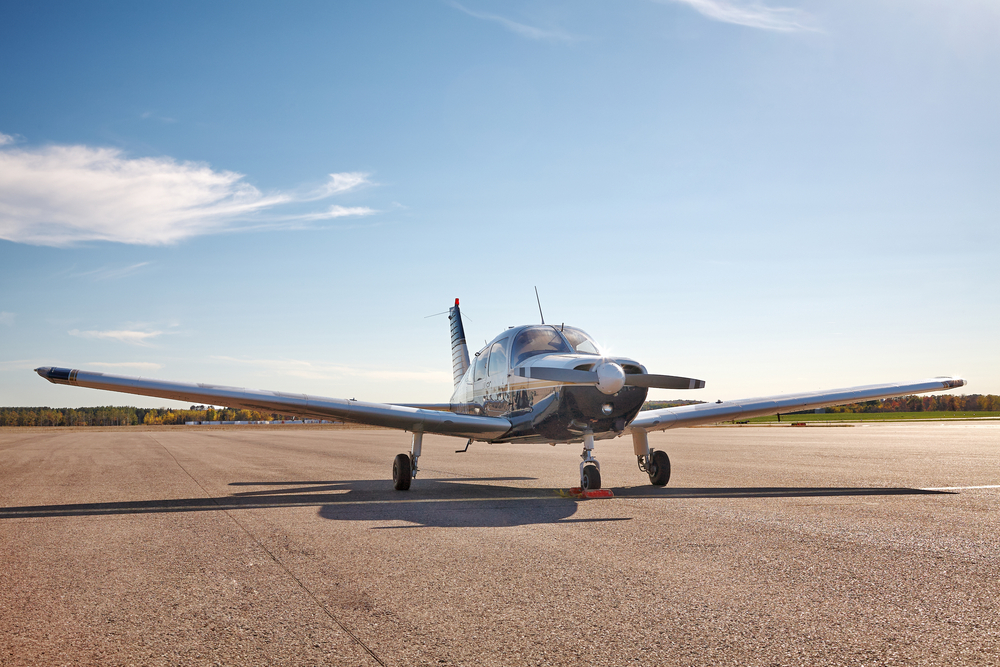Military Aviation News
Military Aviation News
New Fighter Jets in Development
Defense contractors are developing next-generation fighter jets. Lockheed Martin is working on the F-35 Lightning II upgrades. It’s a multi-role fighter with capabilities in stealth, surveillance, and reconnaissance. Boeing announced improvements to the F-15EX. These upgrades include enhanced avionics, weapons systems, and increased flight range.
Development isn’t limited to the United States. European nations collaborate on the Future Combat Air System (FCAS). This program aims to create a sixth-generation fighter jet. It’s set to replace older planes by 2040. Japan is collaborating with the UK and Italy on the Tempest fighter jet project. Advanced features include AI integration and conformal weapons carriage.
Drone Technologies and Unmanned Aerial Vehicles (UAVs)
UAVs are becoming crucial in military aviation. The United States Air Force (USAF) uses the MQ-9 Reaper for intelligence, surveillance, and reconnaissance (ISR) missions. It can carry precision-guided munitions. The Turkish Bayraktar TB2 drones are gaining global attention due to their success in various conflicts. NATO members are keen on modernizing their drone fleets.
Artificial Intelligence (AI) plays a significant role in these advancements. Swarm technology lets multiple drones operate in unison, sharing data and executing complex maneuvers. This tech enhances mission success rates while reducing human risk. AI-driven drones are bridging the gap between human-piloted aircraft and fully autonomous systems.
Advancements in Radar and Sensor Systems
Modern military aircraft use advanced radar and sensor systems for enhanced situational awareness. Active Electronically Scanned Array (AESA) radars are now standard. They offer superior target detection and tracking capabilities. These radars are less detectable by enemy systems.
Infrared Search and Track (IRST) systems are also seeing improvements. They can detect stealth aircraft by tracking heat emissions. These systems work passively, making them harder to counter. Combined with radar advancements, IRST gives pilots a comprehensive view of the battlespace.
Hypersonic Weapons and Delivery Systems
Hypersonic weapons are a focus for military powers worldwide. These weapons travel at speeds exceeding Mach 5. Russia has tested the Avangard hypersonic glide vehicle. It’s designed to evade missile defenses. The United States is working on the AGM-183 ARRW. It aims to provide rapid response capabilities.
Delivery systems for these weapons are also advancing. Aircraft such as the B-52 Stratofortress could potentially carry hypersonic weapons. This integration expands strategic options for military planners. Other platforms include fast jets and submarine-launched systems.
Global Defense Spending Trends
Defense spending is rising worldwide. Countries are prioritizing the modernization of their air forces. The United States leads with a substantial budget dedicated to the Air Force and Navy aviation projects. China and Russia are also increasing their military aviation expenditures. These investments focus on developing new aircraft and upgrading existing fleets.
European nations are enhancing their air capabilities due to regional security concerns. NATO members are pooling resources for joint projects. The FCAS project is an example of multinational collaboration. Increased spending aims to maintain parity with global military developments.
Training and Simulation Programs
Effective pilot training is crucial for mission success. Modern simulation programs offer realistic training environments. The USAF uses simulators to prepare pilots for various scenarios. These include adverse weather, combat situations, and emergency procedures. Simulations reduce the risk and cost associated with live training flights.
Other countries are adopting similar technologies. Virtual reality (VR) and augmented reality (AR) systems enhance training effectiveness. Pilots can experience immersive environments, improving their skills and readiness. The integration of AI into training programs helps tailor scenarios to individual learning needs.
Environmental Impact and Sustainability
Military aviation is addressing environmental concerns. Efforts to reduce carbon emissions include the development of biofuels and synthetic fuels. The USAF is testing sustainable aviation fuel (SAF) in various aircraft. These fuels aim to decrease the environmental footprint without compromising performance.
Lightweight materials and aerodynamic designs contribute to fuel efficiency. Modern aircraft use composites and advanced alloys to reduce weight. Efficient engines minimize consumption while maintaining power. Sustainability initiatives in military aviation mirror broader trends in commercial aviation.
